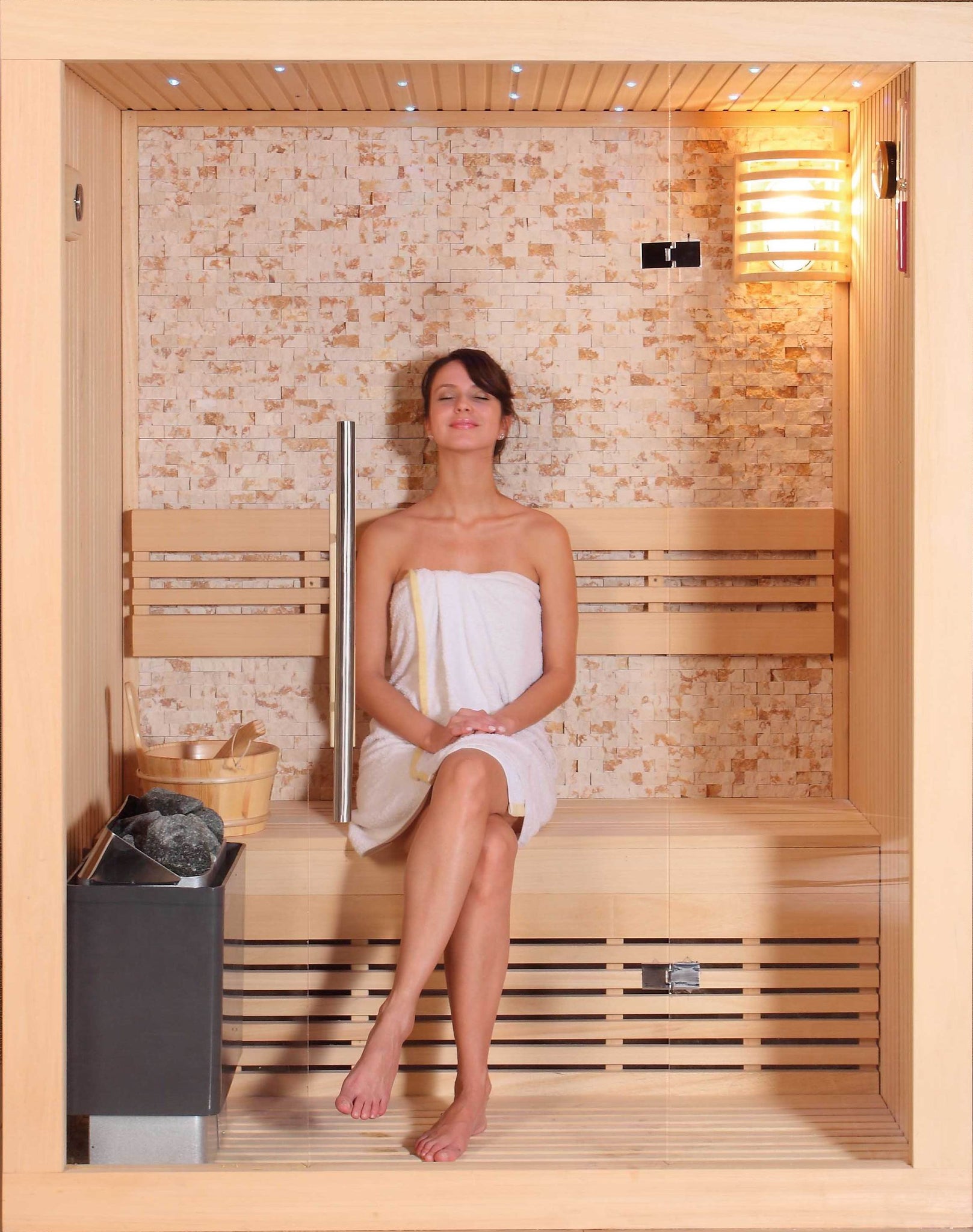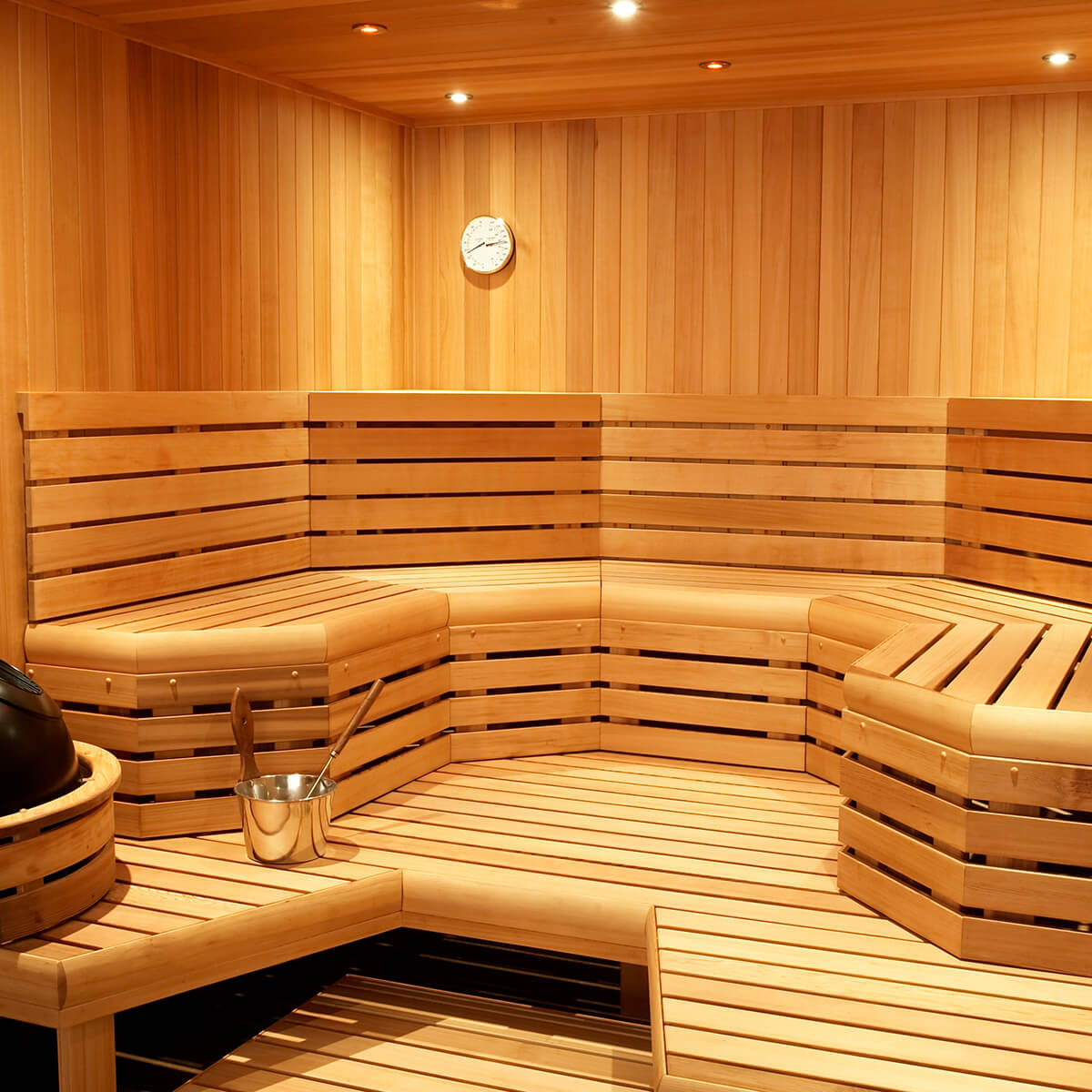Traditional Sauna - An Overview
Traditional Sauna - An Overview
Blog Article
An Unbiased View of Traditional Sauna
Table of ContentsTraditional Sauna Fundamentals Explained8 Simple Techniques For Traditional SaunaHow Traditional Sauna can Save You Time, Stress, and Money.Some Ideas on Traditional Sauna You Need To KnowTraditional Sauna Can Be Fun For Everyone
Many of the weight lost in a sauna is water loss and is re-gained upon rehydrating. Without a question sauna can be an essential part of a healthy and balanced weight loss program. To take a look at the differences in between typical and IR saunas, I will certainly separate these right into proven, academic, and produced differences.Thus, the best factor in the saunawhich goes to the ceiling directly above the sauna heateris typically in between 185 and 190 F. Claims that a typical sauna exceeds 200 F is merely not true and not relevant for electric saunas marketed in the US. The temperature level for a far-infrared sauna is typically established between 120 and 140 F; nonetheless, unlike the traditional sauna, the objective in and IR room is not to accomplish a high temperature.
Due to this, the temperature level distinction is virtually unnecessary, because profuse sweating causes both sauna types, yet the approach of heating the body is different. In an IR sauna the bather will certainly feel hot and will certainly sweat profusely, however at a lot lower temperatures (Traditional Sauna). Hence, if the objective is to spend longer durations of time in the sauna, the IR sauna is an excellent choice
When a typical sauna has been correctly warmed, the sauna wall surfaces are warm, the air temperature has actually attained established temperature and the rocks are incredibly warmed. As an interesting side note, the heated walls and the rocks are releasing far-infrared warmth, integrated with the warmed air, to develop an "enveloping warm".
More About Traditional Sauna

When the heat is accomplished, the elements cycle on and off to maintain the high temperature level. The majority of typical sauna customers delight in putting water over the rocks to create steam to increase sauna moisture levels. The benefits of pouring water over the rocks include: making the area much more comfy, dampening the nasal flows, and enabling the use of aromatherapy by mixing vital oils with the water.

When the power goes into the body, it creates the body temperature to increase and eventually results in sweat. In an infrared sauna it is essential for the emitters/heaters to remain on virtually continuously. Given that there is no mass of rocks to maintain warm, the sauna will certainly cool if the emitters turned off.
As stated above, the sauna bather in an infrared area wants to place himself before operating emitters to get optimal take advantage of the warmth. The heating time for both spaces can be really different, depending upon just how the rooms are used. For a typical sauna, a bather should permit 30-40 mins for the room to attain a wanted temperature and to go right here correctly pre-heat the rocks.
Examine This Report on Traditional Sauna
A well constructed sauna will typically achieve a temperature level of 150-160 F in concerning 30-40 mins. For hotter temperature levels, the space may need to heat for a longer duration.

Conventional saunas often tend to be larger (therefore utilize even more electrical power) than infrared saunas, although typical saunas are definitely available in one and two individual sizes. For a two-person typical sauna, 5x6 or 5x7 size is most preferred. The top bench can pleasantly seat two or 3 individuals and is also enough time to relax during the sauna session.
The Definitive Guide for Traditional Sauna
The average expense per kWH of power in the united state is approximately $0.11, so a 4.5 kW heater will cost around $.50 to compete one hour, if the heater runs continuously for one hour. Normally a sauna heating system will run for 75% of the very first hour and 50% of succeeding hours on since the aspects cycle once the established temperature level is attained.

Lastly, there is a rarely talked about distinction in the social experience between the 2 areas. While our society has actually lost several of the social benefit of the standard sauna experience, it can be very socially rewarding (Traditional Sauna). From household time in the sauna, click to find out more to heart-felt discussions with loved ones, to sauna partiesthe standard sauna experience can result in intimate interacting socially
The Greatest Guide To Traditional Sauna
Most higher end infrared rooms consist of tinted light therapy, noise systems and full-glass fronts.
Report this page